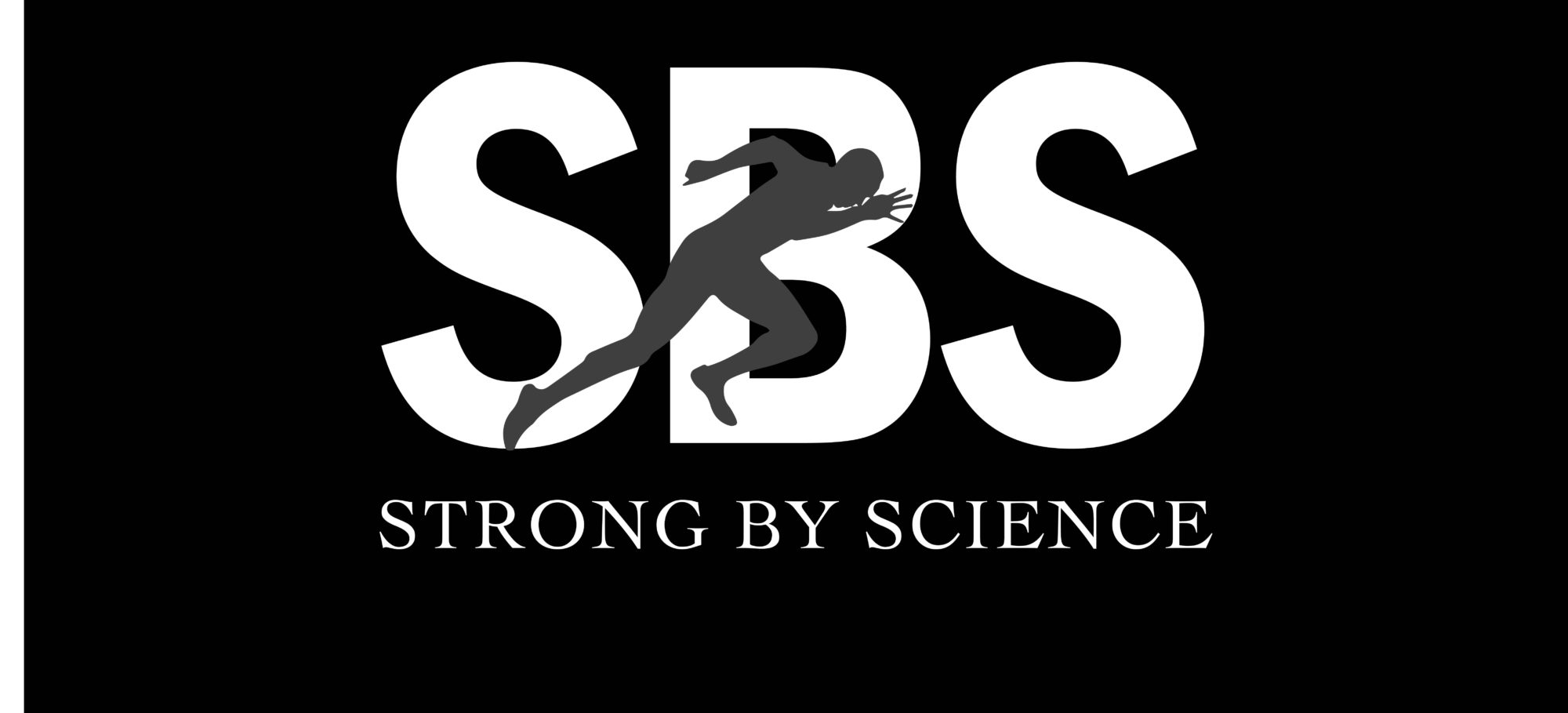*This is inspired by some of Viru’s work, but I kinda put my own little twist to it.
The Breakdown:

Top:
The training goal. Based on your training goal, you will have a specific understanding of what motor qualities you want to target.
In order to improve these motor qualities, we have to apply a load. A load may be applied through repetition (single event), summation (multiple summaries events), or duration (the length of that event).
Left:
Depending on how these are applied, your load with fall in one of the above (left side) mentioned categories.
Depending on the category of loading, specific molecular changes will occur.
Right:
Returning to the right side of the picture (repetition, summation, and duration). The way you specifically sequence those variables, you will hopefully get a specific organized process of how you want to achieve the top training goal.
Once you combine the acute molecular changes that occur with the loading process, alongside the sequencing in which you apply these loads, you will get a specific adaptation geared towards improving your training goal.
Why deconstruct the training process?
Yes, it might seem useless, but if we can understand the basic components of something we can get an idea of how to make it better.
It’s the difference between being a cook and a chef. A chef knows all of the ingredients in a dish and can modify a plate to meet the customer’s needs. A cook only follows a set of instructions, regardless of the customer’s needs.
https://strongbyscience.net/product/applied-principles-optimal-power-development/
https://strongbyscience.net/product/isometrics-for-performance/








You must be logged in to post a comment.